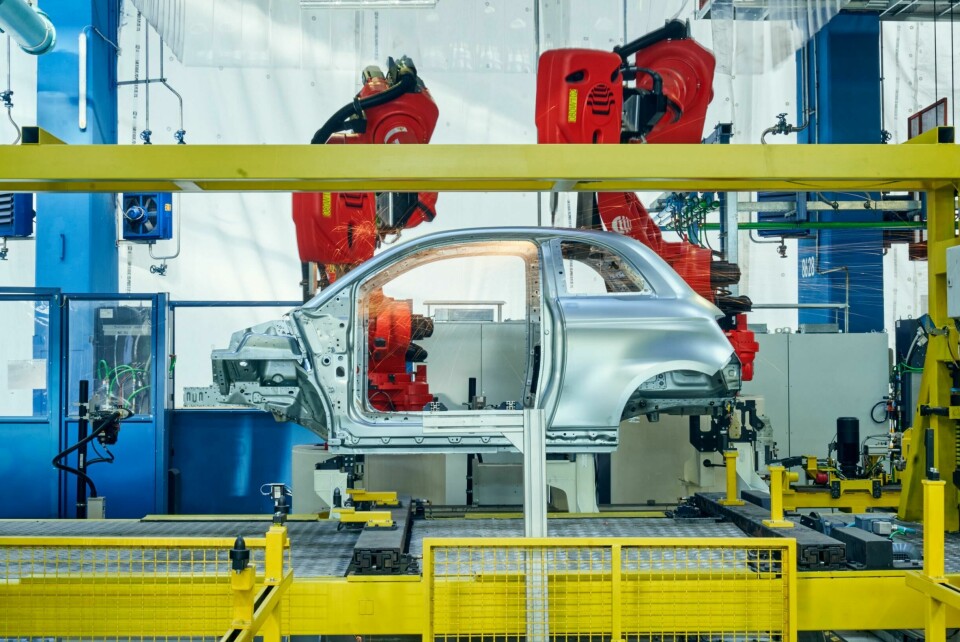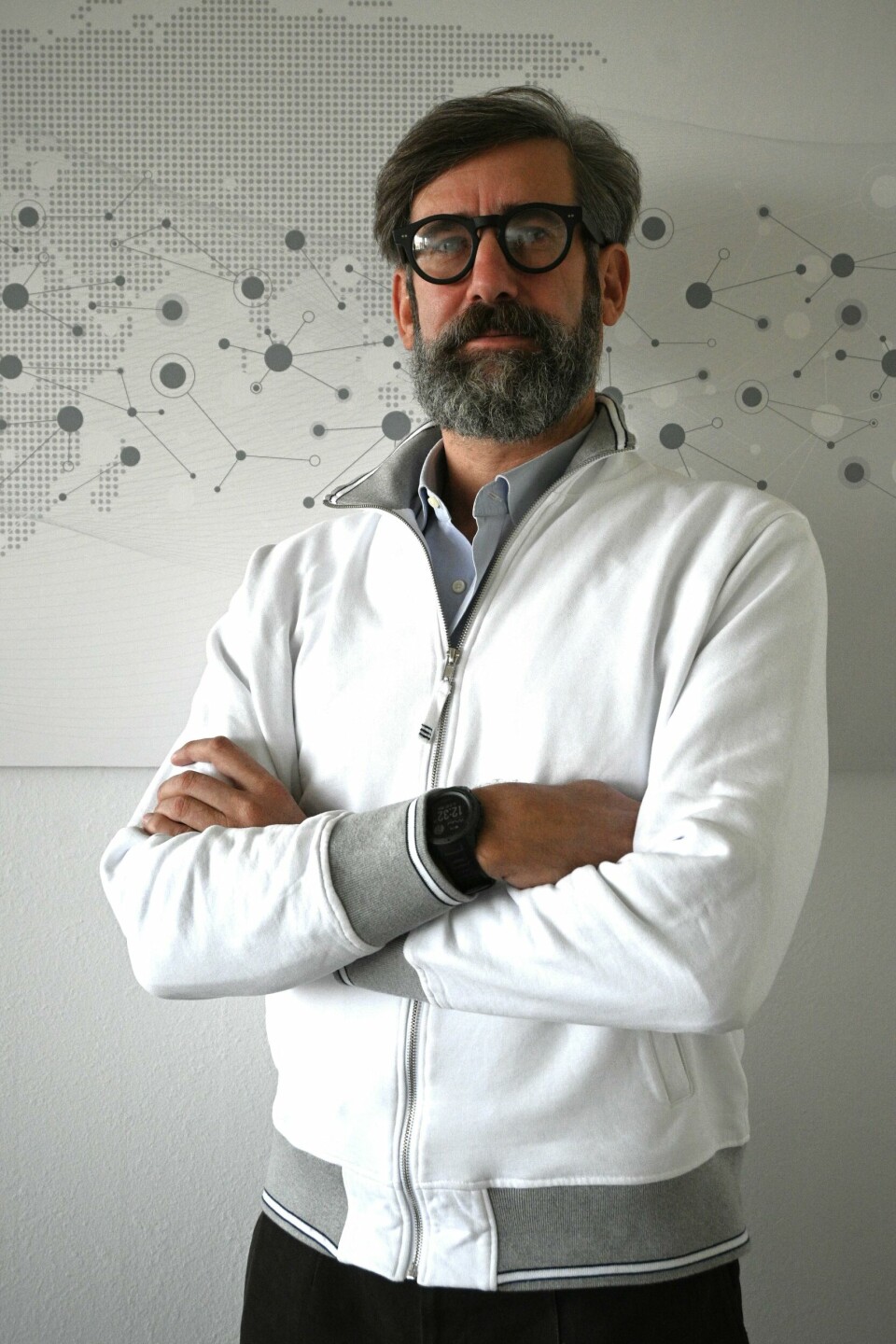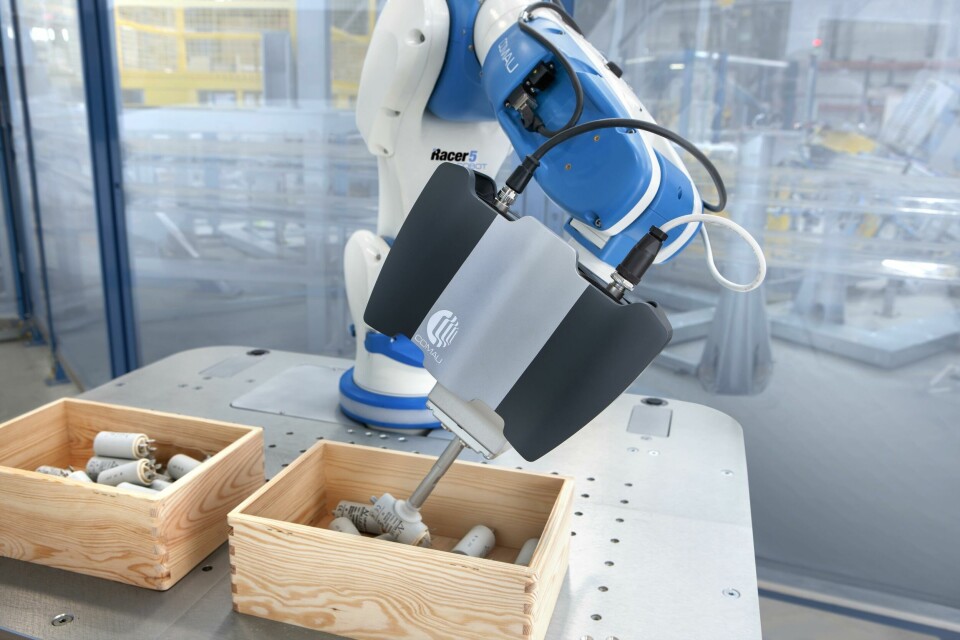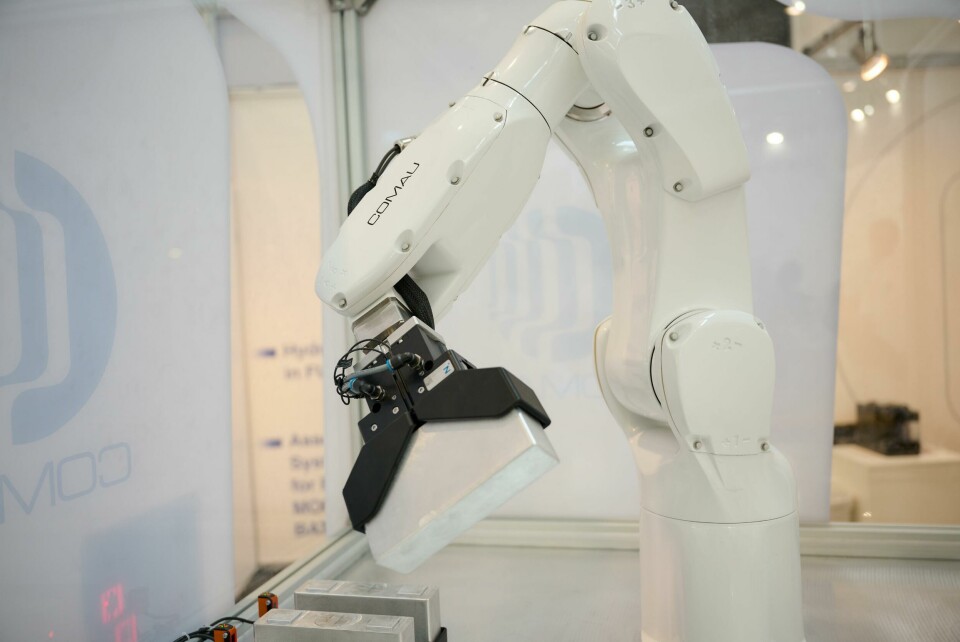Designing manufacturing systems for flexibility and scalability
Comau discusses assembling e-drives, developing battery manufacturing solutions, and collaborations with universities for next-generation cells.

Comau is developing both tailored automation systems and standardised processes for electric vehicle (EV) production, with a focus on managing the complexity of battery manufacturing through digital twins and data utilisation. The company is also working in closer collaboration with its customers to develop tailored automation solutions, supporting them in managing new processes, sustainability and market volatility. Giancarlo Tronzano, Head of Comau’s e-Mobility Global Competence Centre shares some insights into new developments.

You’re head of the E-mobility Global Competence Centre for the Comau. Could you offer some insights into the projects that you are working on and how this operation supports the company’s wider developments?
The competence centre functions to develop standardised solutions for a wide portfolio of products and customers.
We also work on all elements of battery production, which we segment into two areas. The first is battery solutions in which we focus mainly on cell to module and cell to pack. It can be challenging to standardise the battery solutions we develop in this area because the customer products are so different. So, we have developed different solutions to manufacture these things.
We already have a lot of projects on module and pack assembly, but we now putting a lot of focus on the cell to pack applications. This is the next big thing in this area and to support our customers, we have teams working across different regions (Italy, India, China) so it’s a global approach.
The second area is cell manufacturing where we have a couple of different approaches. We have one part of the team that is focusing on developing the new technologies and the other group is looking into the actual business of cell production. We are working with some European funded projects, on research and development with universities, and developing new competencies targeting the next generation of cells, sodium, solid state, post-lithium, etc.
The rest of the team is working in the development of the equipment for cell formation. You can split the cell manufacturing process into three main steps: electrode manufacturing, cell assembly and cell formation. We selected to start with cell formation, and we now can manage projects from lab scale, and we already have a project in this area, up to gigascale cell manufacturing. We are also working on developing a specific solution for cell assembly, but this won’t be ready until next year.
Finally, we work on e-drives and their components to develop a standardised solution to manufacture the stators with hairpin rotors, permanent magnet motors and the final assembly of the e-drive.
Comau has clearly been investing in developing its teams to meet the demands for the e-mobility market. Can you explain how the company has approached this?
As we began to understand the scale of the e-mobility transformation Comau started to invest internally in upskilling the team. Five years ago, we started our e-skill programme where we put in place the resources for 100+ hours of training for each person. Since then, we have trained more than a 1300 people. The next round of internal training is starting now, and this will involve hundreds of people around the world.
Four years ago, the company decided to establish a number of competence centres and has dedicated one these to focus solely on e-mobility. We have brought together the most capable people into this team, people with experience and talent.
Have the developments Comau has made related to automating EV component production, created opportunities for automating other areas of automotive assembly operations that have previously been too challenging?
Yes, for sure, there are a lot of overlaps. We are developing solutions that then can be used in other types of assembly and logistics processes. We are also integrating the different competence centres to work together in different areas. For example, digitalisation, that is a big project.
Does Comau view AI as a key tool for future development of automotive production operations?
Comau is already providing its customers with some specific products powered by AI, for example, MI.RA, our vision systems mainly used for robotics applications, including the battery manufacturing process. Comau’s non-invasive automated in-line testing, and quality control uses thermal imaging and Artificial Intelligence. Known as MI.RA/Thermography, it is used to verify the electrical and mechanical performance of welded joints within the assembled car battery regardless of the module type. Now the target is to be able to manage the complexity of battery cell manufacturing because producing a cell involves so many manufacturing steps and the final quality of the cell is impacted by many different factors, so at present it is very challenging to have complete control of the process.

We are working on creating digital twins and the data management process. The data collection is a given for everybody but managing and using this data is the challenge. Some of this development work is also part of European funded projects I mentioned earlier, and this is being shared with our digital competence centre. So, we are working on this across the teams with different approaches, different ideas and different needs.
How is Comau supporting its OEM clients as they manage EV market volatility?
We have a lot of experience with this, as our customers are always asking us to develop lines for flexibility and scalability and we start from this point to define the best solution for the customer. So, we do not sell standard systems, yes, we have some standard units, standard components, but the system is dedicated to manufacture the product for the customer at the volume they require.
A good example of this is a customer that initially asked us for a set number of lines to meet a certain production ratio. At the beginning of the project, we worked with them to understand if it was possible to reduce the investment, keeping the production output but reducing the footprint. At the start of the project the plan was for six lines, parallel lines, but by the end of the project we had managed to reduce the number of lines needed to five.
Where possible we use a simultaneous engineering approach throughout the development process, starting with the preliminary stages of establishing the feasibility of the project. They ask us for support in understanding the scale of the investment, the size of the project, the technologies needed. Working in this way, starting at the very early stages, we can support in defining the processes and sometimes writing the scope of supply they need to go to market.
This idea of contingency plans beyond the initial brief for lines and volumes, is that a relatively new thing they’re now asking for?
Yes, they are keen to listen to other suggestions and if you come up with an idea to simplify things or reduce the investment, customers are now very open to listen because they are faced with a lot of challenges. It’s a much more collaborative partnership now.
Racer5-SE cell offers clean room solutions for battery cell development and production. Is this an entirely new area of development and do you see greater demand for automation in this area for automotive?
This robot has been developed by our robotics team as an application for sensitive environments and they were initially targeting the food and pharma industries and other operations where clean rooms or dry rooms were required. We also understood battery cell assembly is done in clean and dry room. So, by chance we had also developed a product that is applicable to battery cell production.

The battery manufacturing is very highly automated and when you get to an industrial scale of production, there is very little manual work content.
However, automating these processes is a challenge. If you look at typical takt times in automotive manufacturing, in the bodyshop it’s around 40-60 seconds and between 25-40 seconds for powertrain, but in battery cell production you are dealing with takt times of 1 or 2 seconds. So, for this reason we started with cell formation because there you are handling batches of cells, which, depending on the format can contain 20 to 100 cells. This means the cycle time of the lines in this area of cell production is 30-40 seconds and this is something we can manage well. So, this is our start point, but in parallel we are developing the competencies for high-speed automation to approach other steps of cell manufacturing.
Battery cell production is now well established but where do you see the remaining challenges?
For the battery pack the challenge now is moving from cell to module, to cell to pack, and this is something quite different. It looks simple just taking out some components, but there are technological challenges.
In cell manufacturing it’s true that there are a lot of established technologies and processes. The problem is the cost. Everybody is looking for solutions that can simplify the manufacturing process and improve the efficiency and the quality because currently there are high levels of scrappage in cell manufacturing. So, manufacturers need to reduce cost on one side and increase the energy efficiency of the process as there are many areas where the energy consumption is very high. There is a big demand to reduce the footprint of the equipment, the energy consumption, improve the quality and reduce the scrap.
We already have some established systems and equipment, but these were developed for smaller volumes, now production is going to very high volumes it has become more urgent to create solutions for all the previously mentioned challenges. We’re working on these topics. These are of some of the reasons why this transition to electric vehicle production is slowing down.
Where does sustainability factor into the development of your manufacturing solutions?
Sustainability is a big factor, especially in cell formation. Managing the consumption of the energy in drying the electrode coating is very challenging. The aim is to improve the energy efficiency by reducing the loss of heat in the process. This is something we are working on improving.
Another area where energy consumption is high is in the cell aging process, where you charge and discharge the cell. You have hundreds of thousands of cells stored waiting to be validated. We are working on how to reduce this aging time as this will reduce the environmental impact by using smaller equipment and require less energy.